Last updated on September 15th, 2023
An aircraft is any machine that is able to fly by using support from the air. The concept of an aircraft and stories of manned flight go back many centuries; however, the first manned ascent – and safe descent – in modern times took place by hot-air balloon in the 18th century.
Some interesting facts about the history of flight
1. The Wright brothers were not the first people to fly a plane. Seven years before their December 17, 1903 flight, Samuel Pierpont Langley’s 16-foot aircraft traveled three-quarters of a mile and stayed aloft for a minute and a half. The Wright’s claim to fame was that they made the first flight that carried a human. Langley’s plane was unmanned.
2. The world’s first fatal airplane crash occurred in 1908 when a propeller broke, sending the aircraft plunging 150 feet to the ground. The pilot escaped with a broken leg, but the single passenger, Lt. Thomas Selfridge of the U.S. Signal Corps, was killed on impact. Selfridge Air National Guard Base in Michigan was later named after him. The pilot of the crashed plane was Orville Wright. Orville Wright survived eight plane crashes in his life. Orville flew for 43 years without a pilot’s license.
3. Many people mistakenly think Charles Lindbergh made the first transatlantic flight. He made the first solo transatlantic flight, but many other transatlantic flights were made prior to his May 20-21, 1927 solo flight.
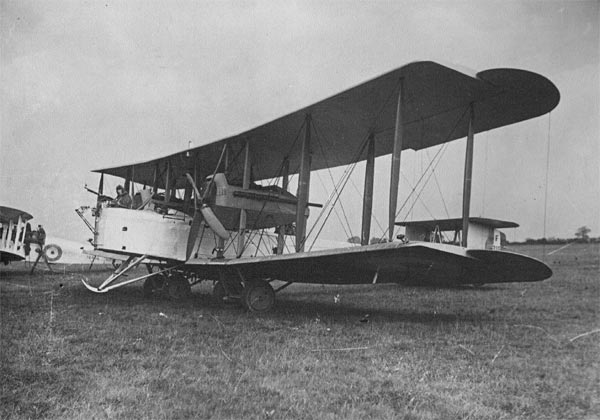
4. The very first successful transatlantic flight was made by Capt. John Alcock and Lt. Arthur Whitten Brown who flew a converted Vimy night bomber non-stop from Canada to Ireland on June 14 & 15, 1919. It took them 16 hours and 12 minutes to make the 1,980-mile flight.
5. When Capt. Alcock and Lt. Brown flew from Canada to Ireland, they took with them Lucky Jim and Twinkletoes— two stuffed black cats, for luck. However, these “lucky” charms didn’t do much good. First, a super-heated exhaust pipe disintegrated. Then a blinding fog moved in and the plane would have taken a nose dive into the Atlantic if the fog hadn’t cleared 100 feet above the sea. Next, ice formed over the instruments on the wing after a snowstorm and Lt. Brown had to climb out on the wing to chip it off. But in spite of it all, the two men landed safely. Unfortunately, Alcock was killed six months later while flying in a fog at a Paris air show.
6. Only 77 years after Alcock and Brown’s first transatlantic flight, the Concorde made a similar trip, from New York City to London, a journey of 3,440 miles, in only two hours, 52 minutes. The supersonic jet traveled at an average speed of 1,250 mph. They were able to break the world record for fastest transatlantic flight by taking advantage of the tailwinds on that day, February 7, 1996. Generally, the Concorde trips took over three and a half hours. The Concorde was retired from service in 2003 following a devastating crash in France in 2000. Today, the average trip from New York to London on a typical aircraft takes five or six hours, depending on wind speed.
7. President Wilson and other important officials gathered in May of 1918 to witness the take-off of the first airmail flight. The plane was to carry mail from Washington, D.C. to Philadelphia. After take-off, the plane somehow went off course and landed in Waldorf, Maryland— which is farther away from Philadelphia than Washington is. The mail was eventually delivered by train.
8. In 1938 Howard Hughes filled his plane with ping-pong balls so it would float if it went down over the ocean. He then set the speed record for flying around the world, completing the feat in 91 hours. Four crewmen accompanied Hughes, including his co-pilot, a navigator, a flight engineer, and a mechanic. Along the way they stopped for refueling in Paris, Moscow, Omsk (Russia), Yakutsk (Russia, near the Arctic Circle), Fairbanks, and Minneapolis.
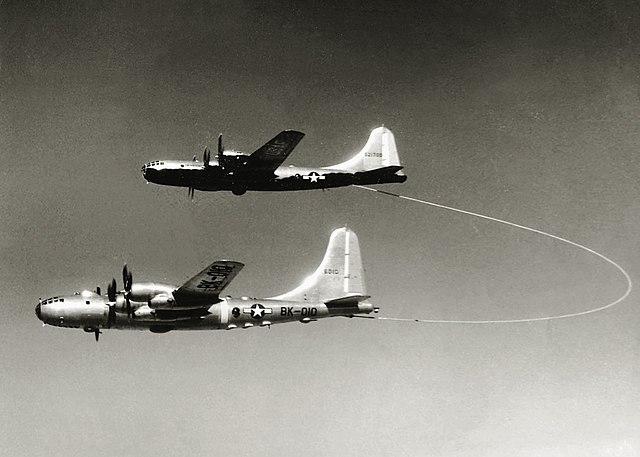
9. On March 2, 1949, a U.S. Superfortress bomber completed the first non-stop flight around the world when it landed at Fort Worth, Texas. The plane traveled 23,452 miles in 94 hours and 1 minute. It was refueled four times in flight.
10. The current speed record for circumnavigating the globe by air is held by the Concorde, set in August 1995. The flight started and ended at JFK in New York City and lasted 31 hours, 27 minutes, 49 seconds, beating its own record by over an hour. The record-breaking flight celebrated the 500th anniversary of Christopher Columbus landing in America. Eighty passengers were along for the ride.
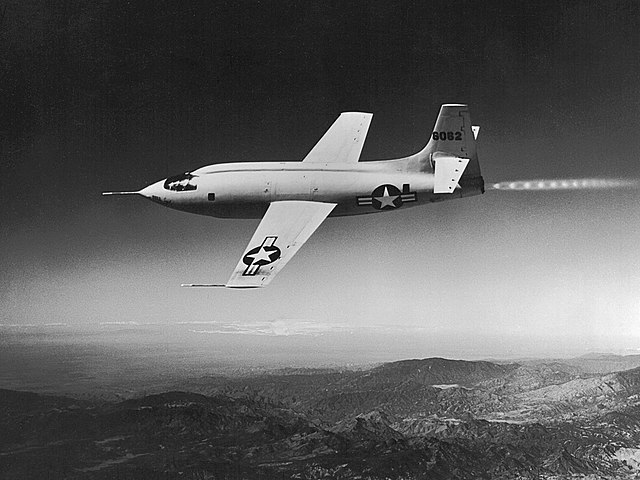
11. In 1947, Chuck Yaeger was the first pilot to break the sound barrier. Many people thought that traveling faster than the speed of sound would cause an aircraft to disintegrate. On October 14, 1947, Yaeger’s X-1 aircraft, nicknamed “Glamorous Glennis,” was carried to an altitude of 25,000 feet by a B-29 bomber before being released from the bomb bay. The X-1 shot to 40,000 feet and broke the sound barrier at 662 mph over Rogers Dry Lake in Southern California.
12. On June 25, 1953, Horace C. Boren became the first passenger to fly around the world on commercial airlines in less than 100 hours.
13. In 1986, pilots Dick Rutan and Jeana Yeager flying the aircraft Voyager accomplished the first round-the-world flight without refueling. Cruising at a speed between 65 and 120 mph at an altitude of 8,000 to 10,000 feet, the journey took 216 hours, 3 minutes and 44 seconds and traveled 25,012 miles.
14. The first airplane toilets were simply a hole in the plane’s fuselage through which one could see the countryside passing below. Today, the world’s most expensive toilet is located in the International Space Station. Designed by NASA, it cost an estimated $23 million and was installed in 2020.
15. It was just 66 years after the first flight at Kitty Hawk that mankind first landed on the Moon.
Interesting facts about airplanes and airlines
16. Did you that between 33% and 40% of all people experience some form of anxiety when it comes to flying?
17. Astonishingly, due to fatigue and improper rest, between 43% and 54% of pilots surveyed in Sweden, Norway and the U.K. admitted having fallen asleep while flying a passenger jet. And furthermore, you will be scared to know that one-third of these pilots found their co-pilots also sleeping when they woke up. This fact signifies the importance of rest, as well as good physical and mental health for the aviation crew.
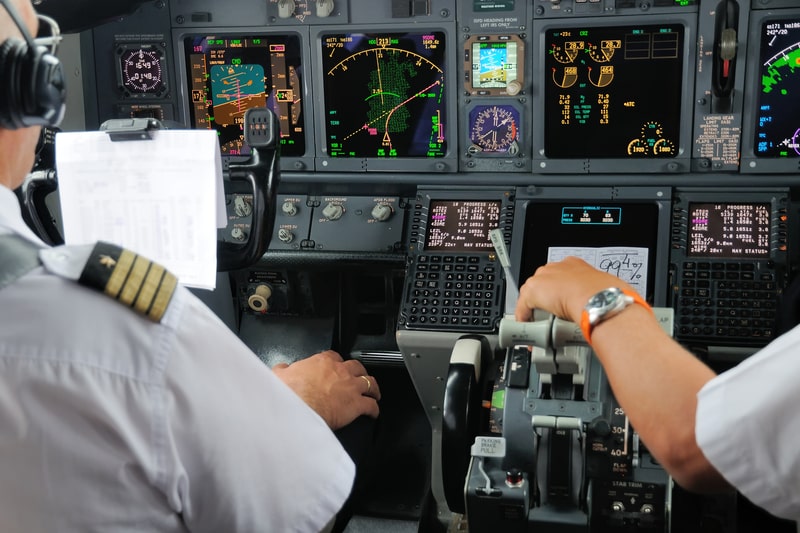
18. The majority of commercial pilots are paid for the number of hours they fly and not on a monthly basis.
19. The place near the tail of an airplane is the safest to be in the event of a crash.
20. Do not be surprised to learn that mercury can tear apart aluminum at the point of its contact with metal. This is why it is not a good thing to bring mercury aboard an airplane. Even if you try, you will not be allowed to do so.
21. Although autopilot can be used during takeoffs and landings, it is not generally used. It takes control of the airplane most of the time except in cases of turbulence, take-offs and landings. The autopilot function helps achieve the best fuel efficiency.
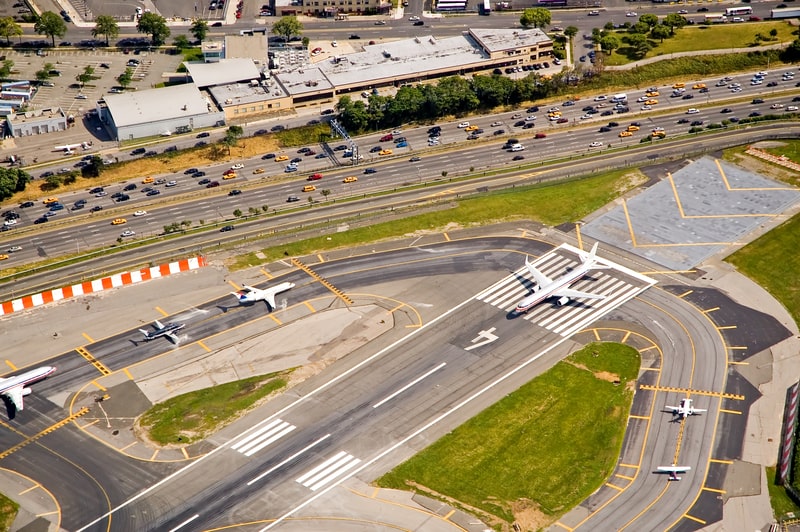
22. The world’s largest runway is in China at the ‘Qamba Bamba’ Airport. It is 5.5. Kilometers in length.
23. Your chances of survival are rare in the event the plane catches fire as you have roughly 90 seconds to exit the airline before it bursts into a ball of flame… an impossible task if you are sitting more than five rows away from the emergency exit.
24. Cutting costs by skimping on fuel means a lighter plane and as a result better gas mileage. This saves money for the airliner. This could result in a major safety risk as it forces pilots to take off with less than the recommended amount of fuel. The fuel consumption of an airline is the most during the take-off and climbing process.
25. Airplane manufacturers do not manufacture all the parts themselves. They depend on hundreds of suppliers to provide them with parts including seats, fuselages, and engines, etc.
26. The waist belt cannot bear the jolt of a severe impact, causing your neck bone to snap. Cars, which traverse at a much lower speed, have shoulder harnesses that bear the jerk of an impact more efficiently. To add insult to injury (no pun intended), pilots and flight crews usually have at least shoulder straps, and often five-point harnesses.
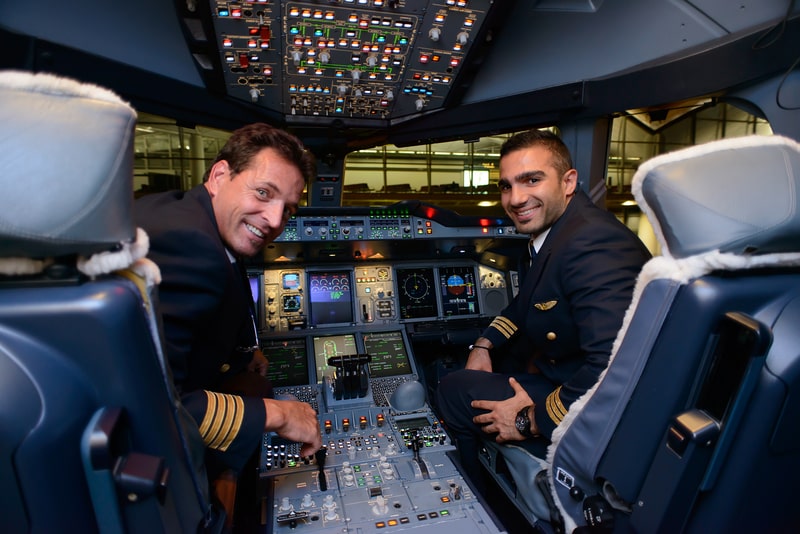
27. Pilots and co-pilots often sleep during a long haul flight, depending on the autopilot system to manage the flight. Based on a study commissioned by the FAA (Federal Aviation Administration), the biggest threat to flight safety is the tendency of pilots to depend more and more on automated flight control systems.
28. Airliners provide pilots with specially prepared meals to ensure that they do not get sick.
29. Some airlines mandate that the pilot and co-pilot eat different meals so as to avert the chances of simultaneous food poisoning to both these individuals who are in command of the aircraft.
30. Did you know one-third of your taste buds become numb while you are flying? That is why food tastes different while you are on an airplane.
31. In 1977, two fully loaded planes with passengers on board collided head-on on the middle of a runway, killing 583 passengers.
32. Military airplanes can be longer than the height of five-story buildings.
33. The Concorde, which is the world’s fastest airliner, was built by British and French engineers. It was the most successful commercial supersonic airplane.
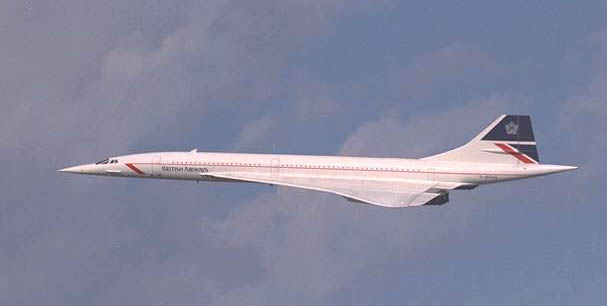
34. The first Concorde ever built took its initial test flight on March 2nd, 1969. Concorde operated from 1976 until 2003. The plane could fly at a maximum speed which is twice the speed of sound (2,180 km/hr at cruise altitude).
35. The Concorde flew faster at 50,000 to 55,000 feet. At this height, air turbulence was less of a problem, and the travelers could see the curvature of the Earth from the plane.
36. The Concorde took 2 hours and 56 minutes to fly from New York to London on January 1st, 1983. Today, to cover the same distance, it takes at least 5 hours and 16 minutes if you were flying with the fastest of the modern airliners.
37. A total of 20 Concordes were built. 14 of these flew commercially both for British Airways and Air France. Costs of operation and ownership were the main concern for other airlines, which never operated Concordes for these reasons.
38. All international airline pilots speak English, which is a prerequisite.
39. In some cases, the pilot can dump fuel in order to make an emergency landing. This is done to avoid the excessive weight of the aircraft while landing at places where suitable conditions might not exist. The dumped fuel, however, evaporates and does not reach the ground.
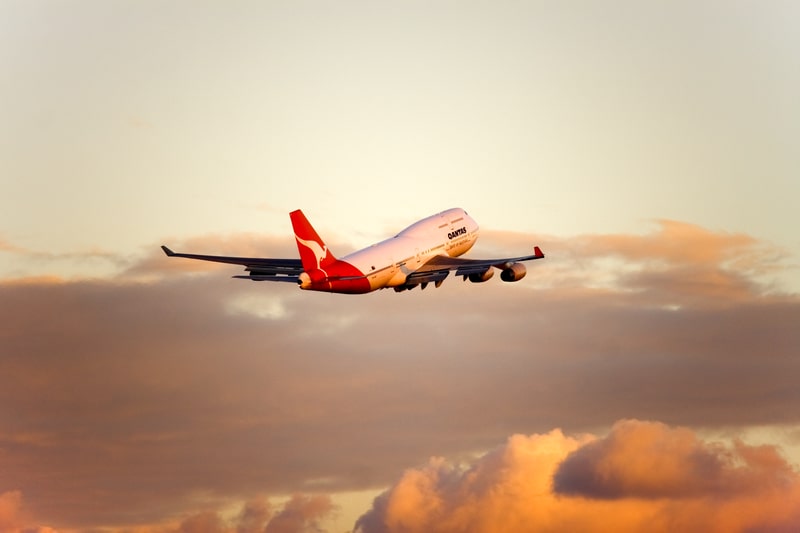
40. Concerned about your safety during the flight? Choose Qantas airlines because it is the world’s safest airline. It has zero fatalities on record to date.
41. Sometimes small efforts can deliver big results. American Airlines is known to save $40,000 a year by simply eliminating one olive from each in-flight salad.
. . . continue reading on the next page
